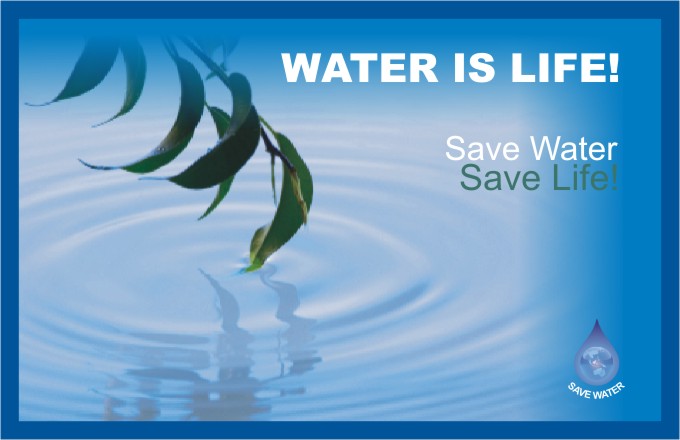Save Water, Protect Your Home and the Environment
buy amoxicillin cvs
amoxil dosagebuy antidepressants mastercard
buy antidepressant sunilrav.com buy elavil ukDue to less than usual rain falls this summer, many cities in Canada have issued a water shortage advisory asking residents to conserve water usage.
Water is a limited resource. What each of us does in the world, how we live, does make a difference. As we learn the value of clean, safe water and how scarce it truly is, we can take steps to protect it and to get it to people who lack access today.
Here are a few tips to help you save water.
1. Turn off the water after you wet your toothbrush. There is no need to keep the water running while brushing your teeth. Just wet your brush and fill a glass of water for mouth rinsing. This can save up to 6 litres of water per minute.
2. Rinse your razor in the sink. Fill the sink with a few inches of warm water. This will rinse your razor just as well as running water, with far less waste of water.
3- Install water-efficient toilets, low-flow showerheads and faucet aerators in your kitchen, bathrooms and laundry room.
4-Take a shorter shower. Taking a shower can use anywhere between 6 and 45 litres of water per minute.
5-Always use full loads in your washing machine and dishwasher–this cuts out unnecessary washes in between.
6- If you have a dishwasher, only wash full loads and use the energy saver or shortest cycle modes.
7- Fix a dripping tap. A dripping tap can waste 15 litres of water a day, or 5,500 litres of water a year.
8- Don't let the faucet run while you clean vegetables. Just rinse them in a pan of clean water.
9- Install a water butt to your drainpipe and use the water collected to water your plants, clean your car and wash your windows.
10-Water your garden with a watering can rather than a hosepipe. A hosepipe uses 1,000 litres of water an hour. Mulching your plants (with bark chippings, heavy compost or straw) and watering in the early morning and late afternoon will reduce evaporation and also save water.
11. Water your lawn only when it needs it. A good way to see if your lawn needs watering is to step on the grass. If it springs back up when you move, it doesn't need water. If it stays flat, the lawn is ready for watering. Letting the grass grow taller (to 3") will also promote water retention in the soil. Water during the early parts of the day.
12- Fill a jug with tap water and place this in your fridge. This will mean you do not have to leave the cold tap running for the water to run cold before you fill your glass.
13- Install a water meter. When you're paying your utility provider for exactly how much water you use, laid out in an itemized bill, there's an incentive to use less water.
14- Invest in water-efficient goods when you need to replace household products. You can now buy water-efficient showerheads, taps, toilets, washing machines, dishwashers and many other water-saving products.
Why does saving water matter?
Even though water doesn't appear in short supply in the Canada, using less water actually means you are:
1-Reducing energy use. Cleaning waste water (or 'grey water', as it's called) is an energy-intensive process; so is heating the hot water that comes out of your taps.
2-Saving money. If you're on a water meter, these tips above could save you a money.

